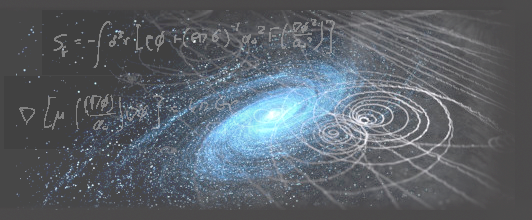Despite tremendous efforts to detect dark matter (DM), so far, no direct-detection experiment has provided any widely-accepted positive results. Thus, it seems reasonable to redirect the focus of experimental searches to regions of DM masses outside the extensively probed GeV-TeV range which corresponds to the well-known WIMP paradigm. This motivates the prioritization of searches for sub-GeV...
We discuss a novel decay process for dark matter searches known as the dark photon-photon trident, where a dark photon can interact with Standard Model particles through kinetic mixing with the visible photon, producing three-photon final states. Indirect searches for this process are categorized into two scenarios. Firstly, dark photons can be produced by dark matter annihilation in celestial...
The Light Dark Matter eXperiment (LDMX) is a fixed-target missing-energy and missing-momentum experiment searching for sub-GeV dark matter, planned to be constructed at SLAC's LCLS-II accelerator. The Lund group is involved in design and construction of LDMX's hadronic calorimeter, in the trigger-scintillator system, simulation studies, offline-software development, and test beam activities....
The Light Dark Matter eXperiment (LDMX) is a proposed fixed target missing energy and momentum experiment with the purpose of searching for light dark matter in the ranges of MeV to low GeV masses. The experiment utilises a steel-scintilator hadronic calorimiter (HCal) for event veto, a prototype of which was tested at CERN in the spring of 2022. The data taken during the 2022 test run has...

